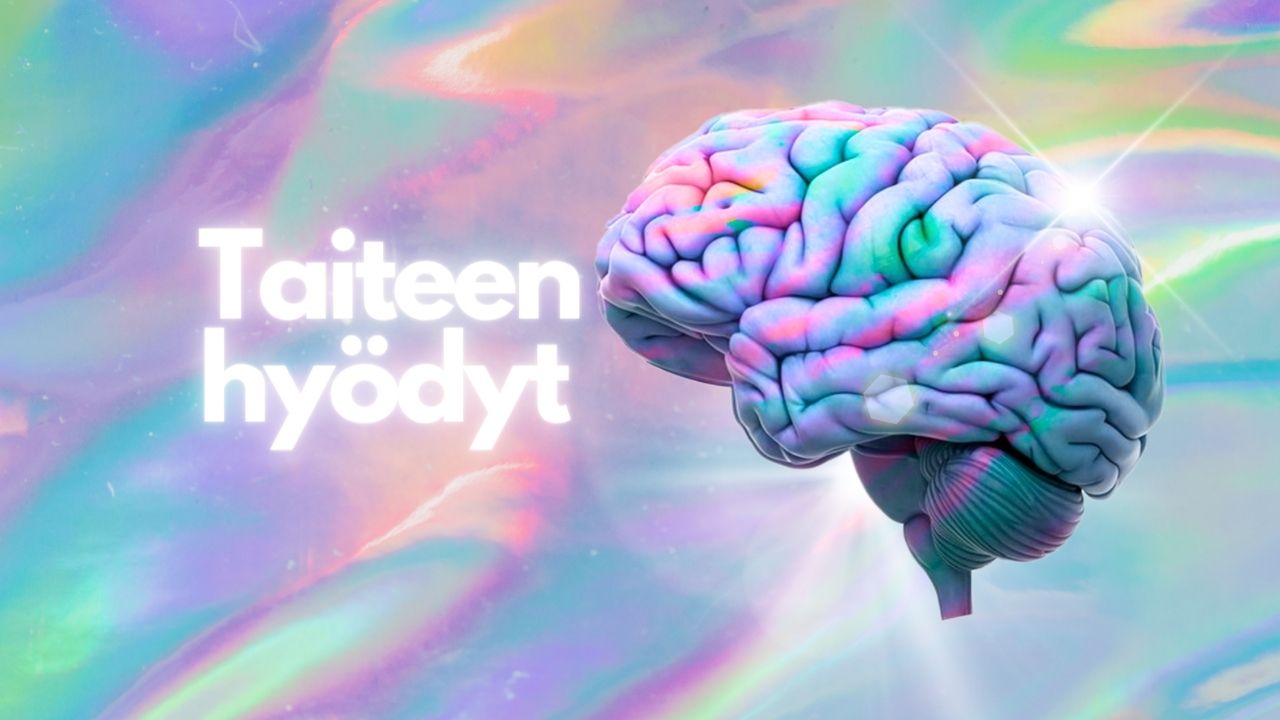Therapeutic Effects of Art
Art has been a part of human history for as long as we can remember. It is a means to express ourselves, share stories and emotions, and understand the world around us. But did you know that art also has therapeutic effects?
Viewing vs. Creating
Many of us enjoy viewing art, whether it's paintings, sculptures, or photographs. Studies have shown that art can reduce levels of stress hormones like cortisol in the body. Simply observing a piece of art can lead to relaxation and calming of the mind.
On the other hand, the process of creating art - whether it's painting, drawing, sculpting, or something else - can be a highly therapeutic experience. The creative process helps us focus, express our emotions, and process them.
Art and the Brain
Brain research has shown that when people engage in artistic activities, different parts of the brain are activated. For example, painting can stimulate the right hemisphere of the brain, which is responsible for intuition, emotional state, and creativity.
Common Questions About the Connection Between Art and Well-being
How does art affect mental health?
Art can provide a safe channel for expressing and processing emotions. Especially in the case of trauma or negative experiences, art can help a person process and understand these emotions better. Art can also increase self-awareness and self-esteem when a person recognizes and appreciates their own creativity.
How can art help a person feel better?
The creative process can help a person not only express their emotions but also find new ways to solve problems. Painting, drawing, or even sculpting can be meditative and help focus on the moment, which reduces anxiety and stress.
What are the well-being effects of art?
Art can promote both mental and physical well-being. It can help alleviate stress, improve mood, reduce symptoms of depression, and even assist with physical ailments like chronic pain, as engaging in art helps a person focus on something other than pain.
How do art and culture promote well-being?
Art and culture bring people together, create communities, and shared experiences. They can give people a sense of belonging and strengthen social bonds, which is important for well-being. Cultural events and experiences can also broaden our worldview and help us understand and appreciate different perspectives.
How does art affect the body's functionality?
Some studies have found that art can improve motor skills, enhance concentration, and even assist in treating some diseases, such as Parkinson's disease. Additionally, creative hobbies like dancing or playing an instrument can improve body coordination and muscle function.
Summary
Art is not just a means of self-expression or creating beautiful objects. It can also be a powerful tool for mental well-being and stress management. Whether you are an art-admiring viewer or a passionate creative soul, art can offer many benefits for the mind and soul.



